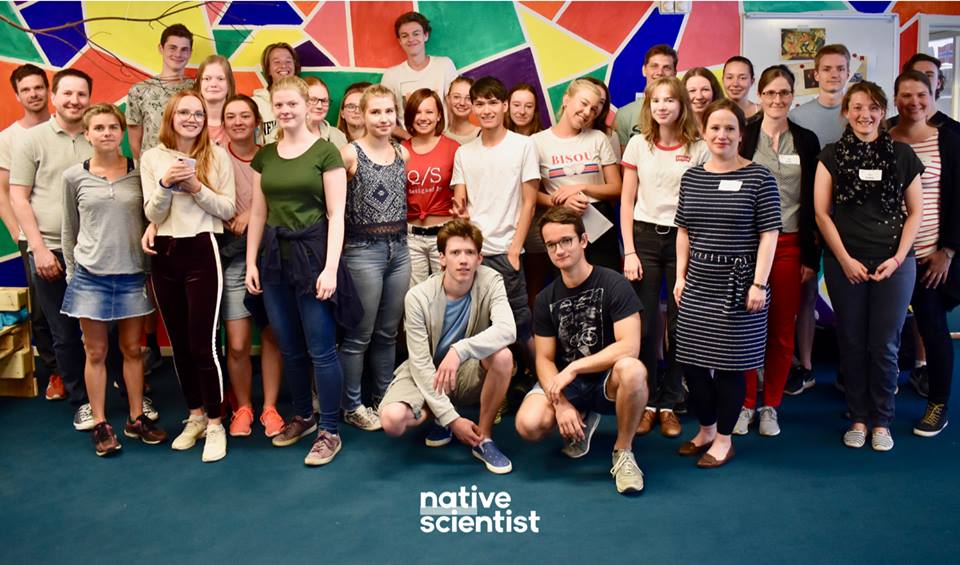Many of us have moved between countries in our scientific careers, which has exposed us to different languages and cultures. Being from Germany, I have lived in France and in Norway. This has made me understand the value of speaking more than one language, as it opens doors and creates opportunities for us scientists. But did we think that way back when we were at school?
Showing school kids how valuable speaking more than one language can be, is very important to me. Additionally, I want to give school children the chance to meet real scientists in an informal setting. Therefore, I organize outreach workshops with the non-profit organization “Native Scientist” at schools, where I explain my research in my mother tongue German to school kids, who have German in their curriculum.
Native Scientist organizes scientific outreach workshops at schools in different languages (https://www.nativescientist.com/). Native Scientist is a network of international researchers where the scientists promote language learning through explaining their research in their mother tongue. The organization enables science outreach projects in many countries for example in the UK, the Netherlands, Germany, Scotland and Sweden. As a voluntary project coordinator for Native Scientist Norway, I organized an outreach workshop this summer at the German school Max Tau in Oslo. I gathered five of my German speaking colleagues at CanCell to talk about their research and career as a scientist.
We covered everything from basic research to applied science: Simona Migliano explained how yeast is a valuable model system for research. Kay Schink presented how cells "eat and drink" via macropinocytosis and phagocytosis. Sebastian Schulz showed in a very vivid manner using a pineapple, how selective autophagy works. Eva Wenzel discussed with the students the differences between healthy and cancer cells, and Sabine Weisheit made the students aware of how ticks spread and cause diseases.

We were all stunned by how much previous knowledge the pupils had, and how much they engaged with the topics we presented. Sharing our passion for science with the students definitely seemed to leave a positive and lasting impression on them. We hope that discussing science with us encourages them to pursue a career in science.



.jpg?alt=listing)

